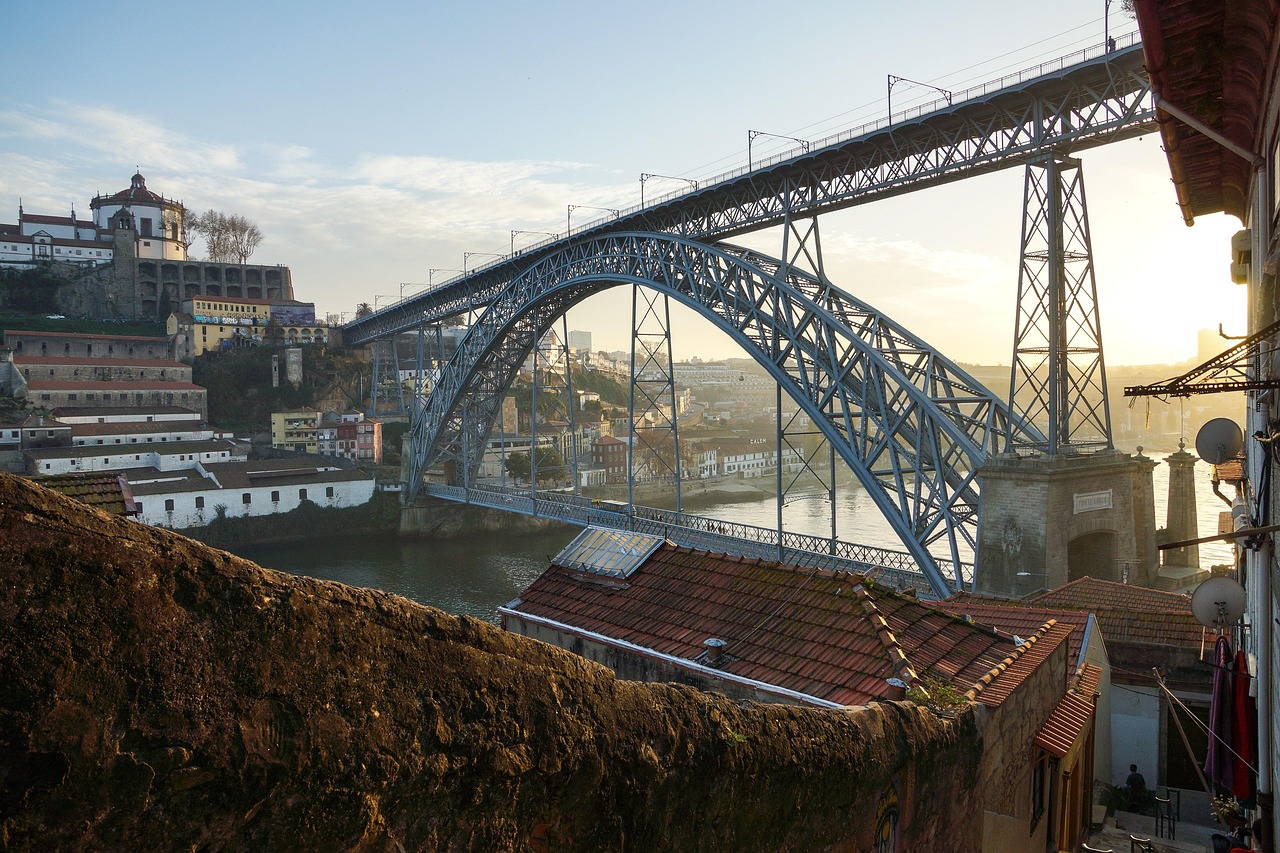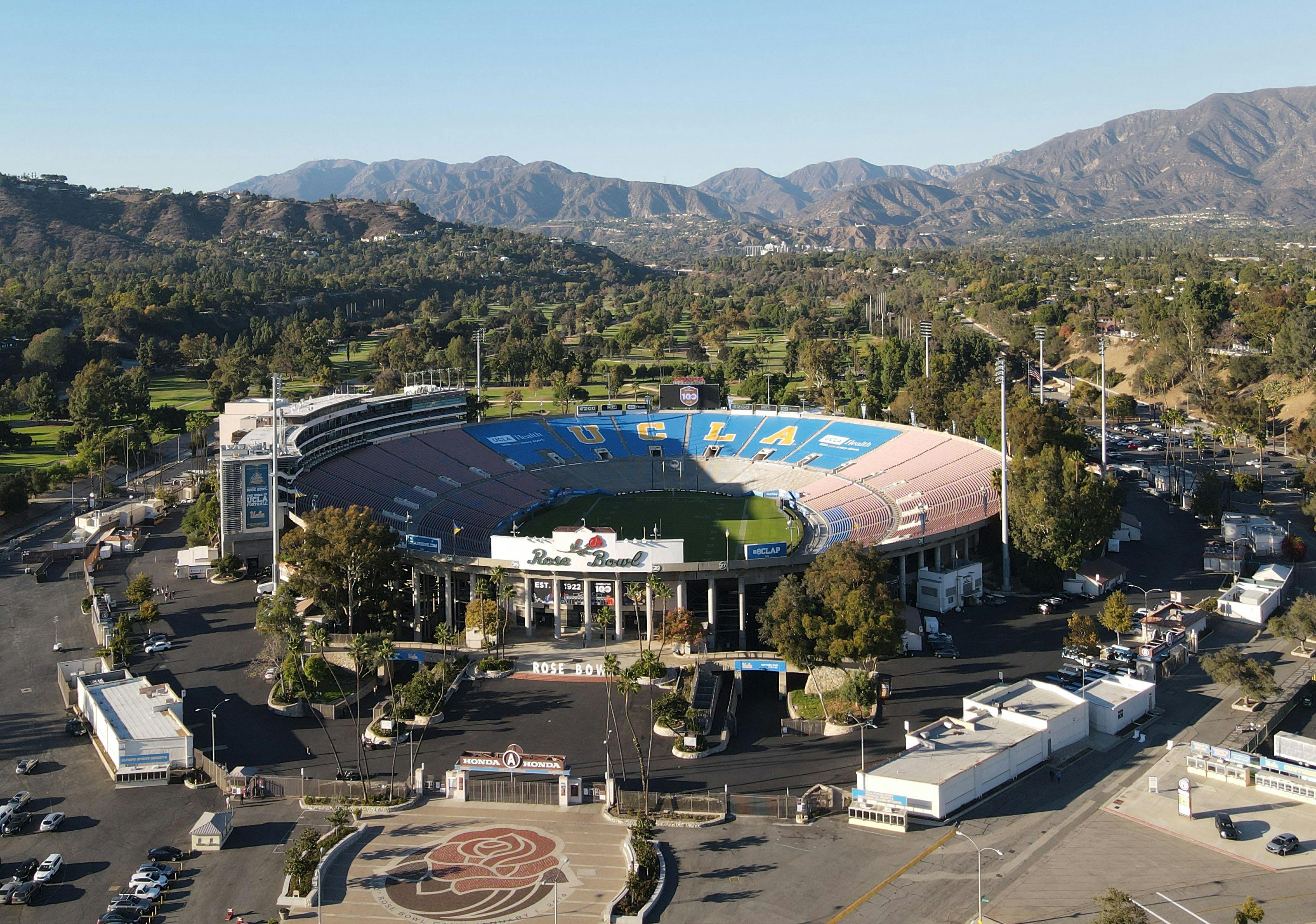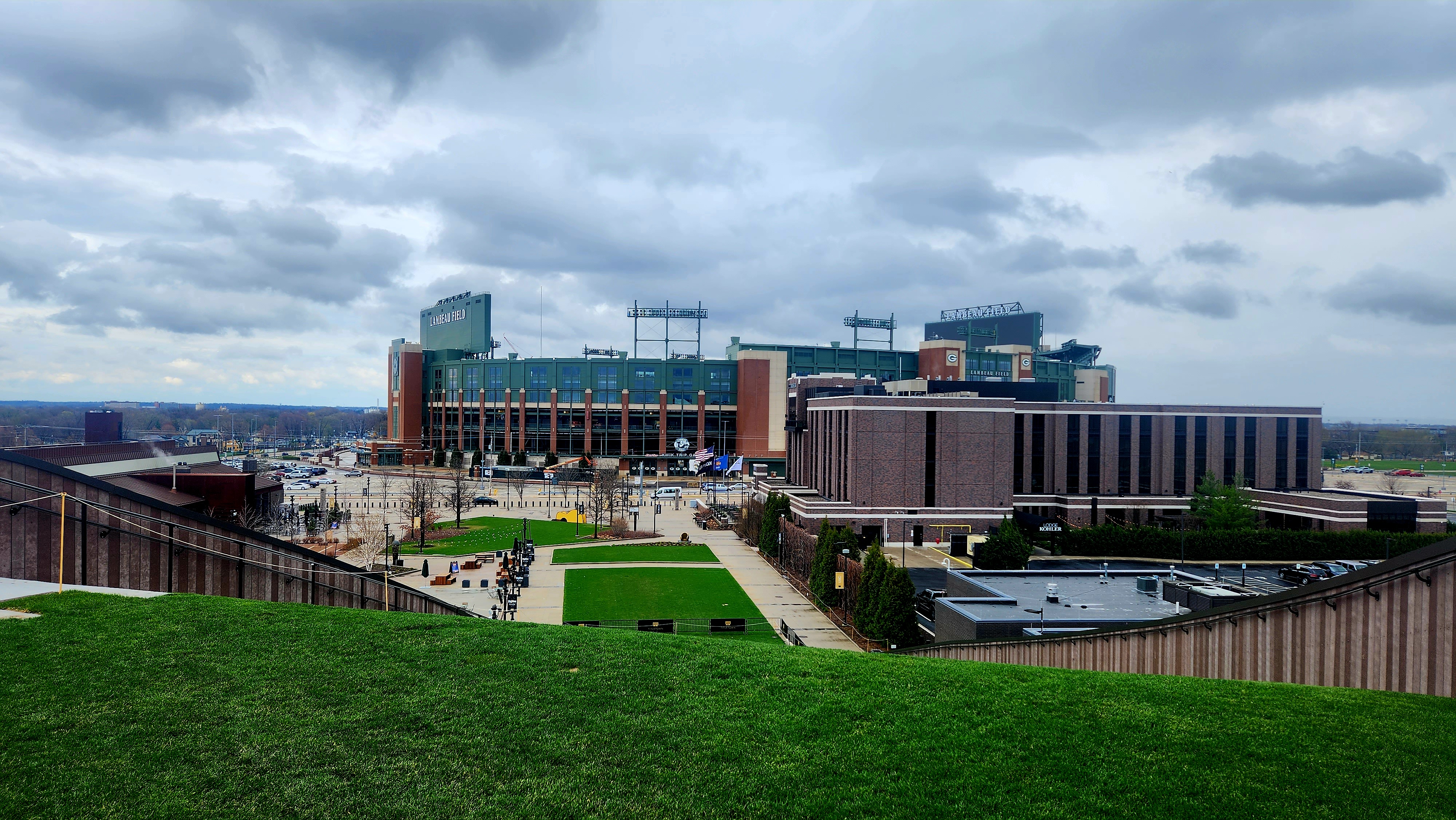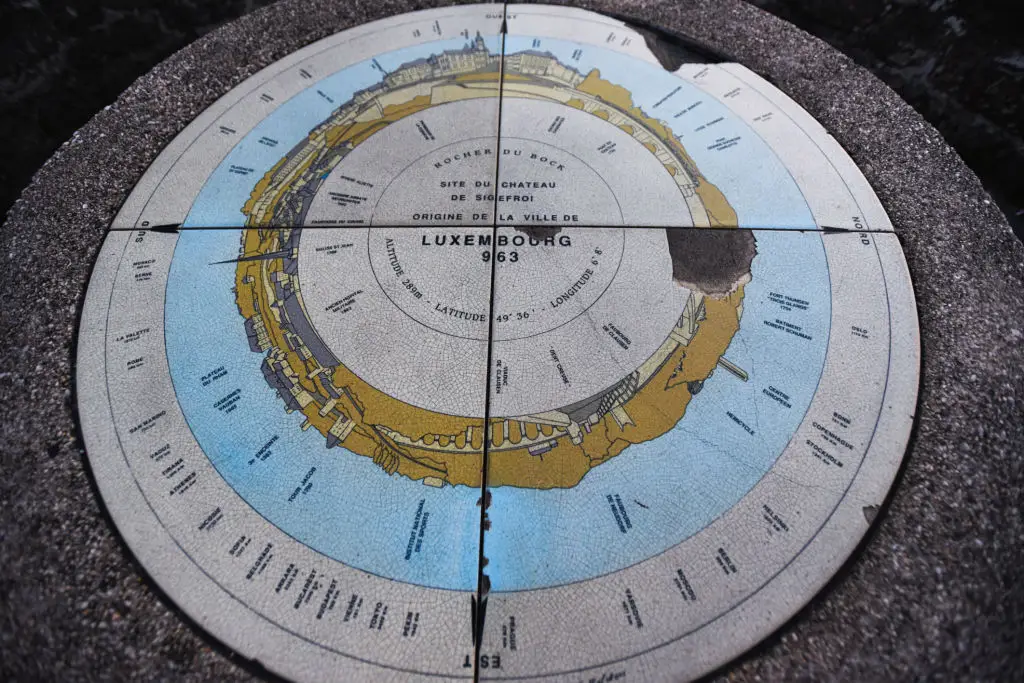11 Real-Life Places That Changed the Course of History
Throughout history, certain locations have served as the backdrop for pivotal events that have irrevocably altered the course of human history. These real-life places—scattered across the globe—have been the setting for monumental decisions, groundbreaking innovations, and dramatic confrontations that have shaped the world as we know it today. From ancient battlefields to modern political arenas, these sites hold stories of triumph, tragedy, and transformation. This article takes a journey through 13 such locations, each playing a unique role in steering the direction of history. By examining these places, we gain insights into how geography, culture, and human ambition intersect to create moments of profound transformations. As we delve into each site, we'll explore the historical context, the key events that unfolded, and the lasting impact they have had on the world. Let's dive in!
1. The Acropolis of Athens

The Acropolis of Athens stands as a symbol of the birth of democracy, a political system that has influenced countless nations. Perched high above the city, this ancient citadel was the heart of Athenian life in the 5th century BCE. It was here that the principles of democracy were first practiced, with citizens gathering to discuss and vote on matters of state. The Acropolis, with its iconic Parthenon, was more than just a religious and cultural center; it was a testament to the power of collective decision-making. The ideas that emerged from Athens spread throughout the Greek world and beyond, laying the groundwork for modern democratic systems. The legacy of the Acropolis stands tall as a reminder of the enduring power of civic engagement and the importance of participatory governance in shaping our society.
2. The Great Wall of China
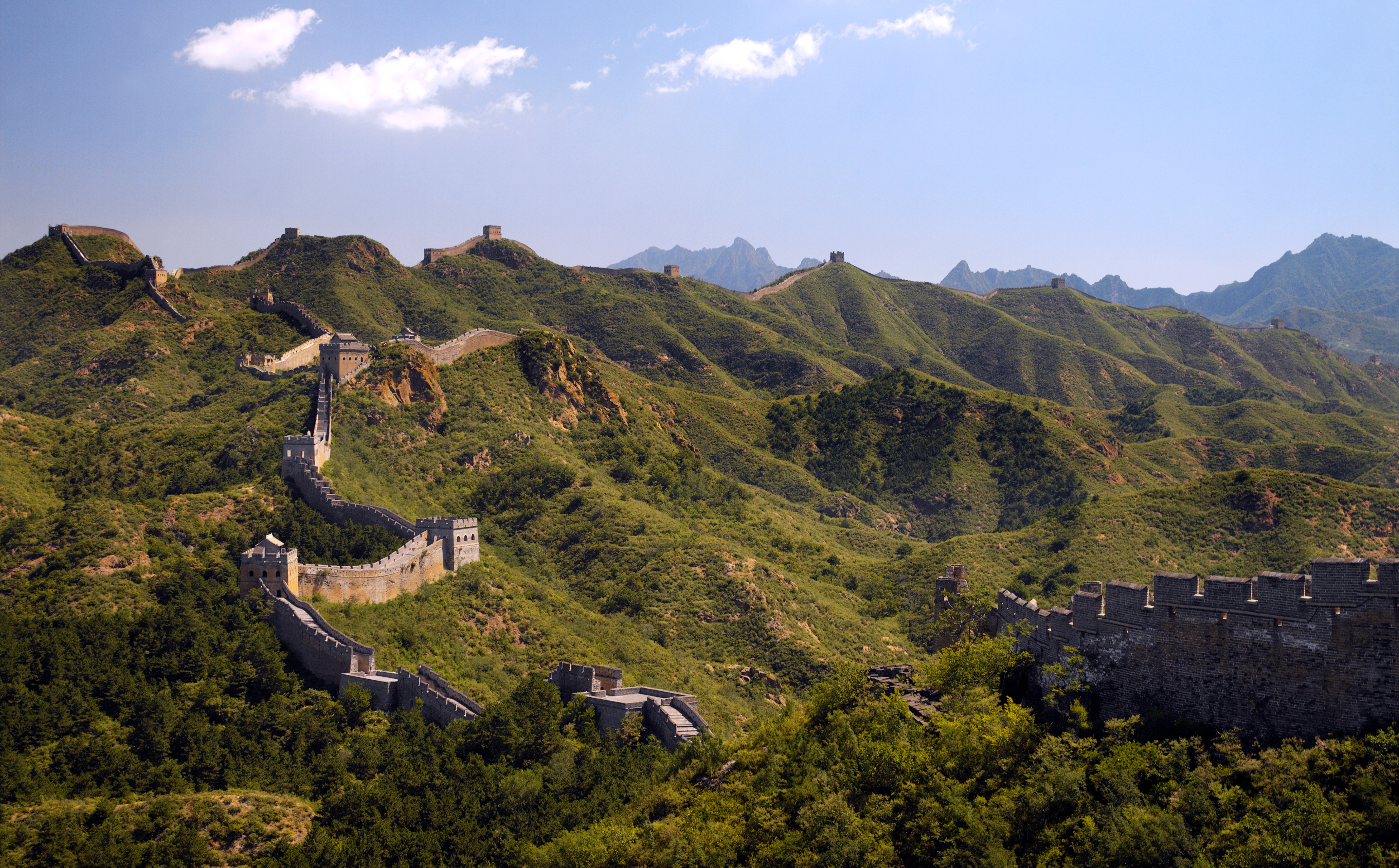
Stretching over 13,000 miles, the Great Wall of China is a monumental feat of engineering and a testament to the lengths a civilization will go to protect its people. Built over several dynasties, the wall was designed to defend against invasions from northern tribes. However, its significance extends beyond military defense. The construction of the wall required unprecedented levels of organization and cooperation, uniting disparate regions under a common cause. It served as a symbol of the strength and unity of the Chinese empire, fostering a sense of national identity. Over time, the Great Wall became a cultural monument, representing the resilience and ingenuity of the Chinese people. Its enduring presence continues to inspire awe and admiration its visitors and serves as a gentle reminder of the power of collective effort that shaped a nation's history.
3. The Forbidden City
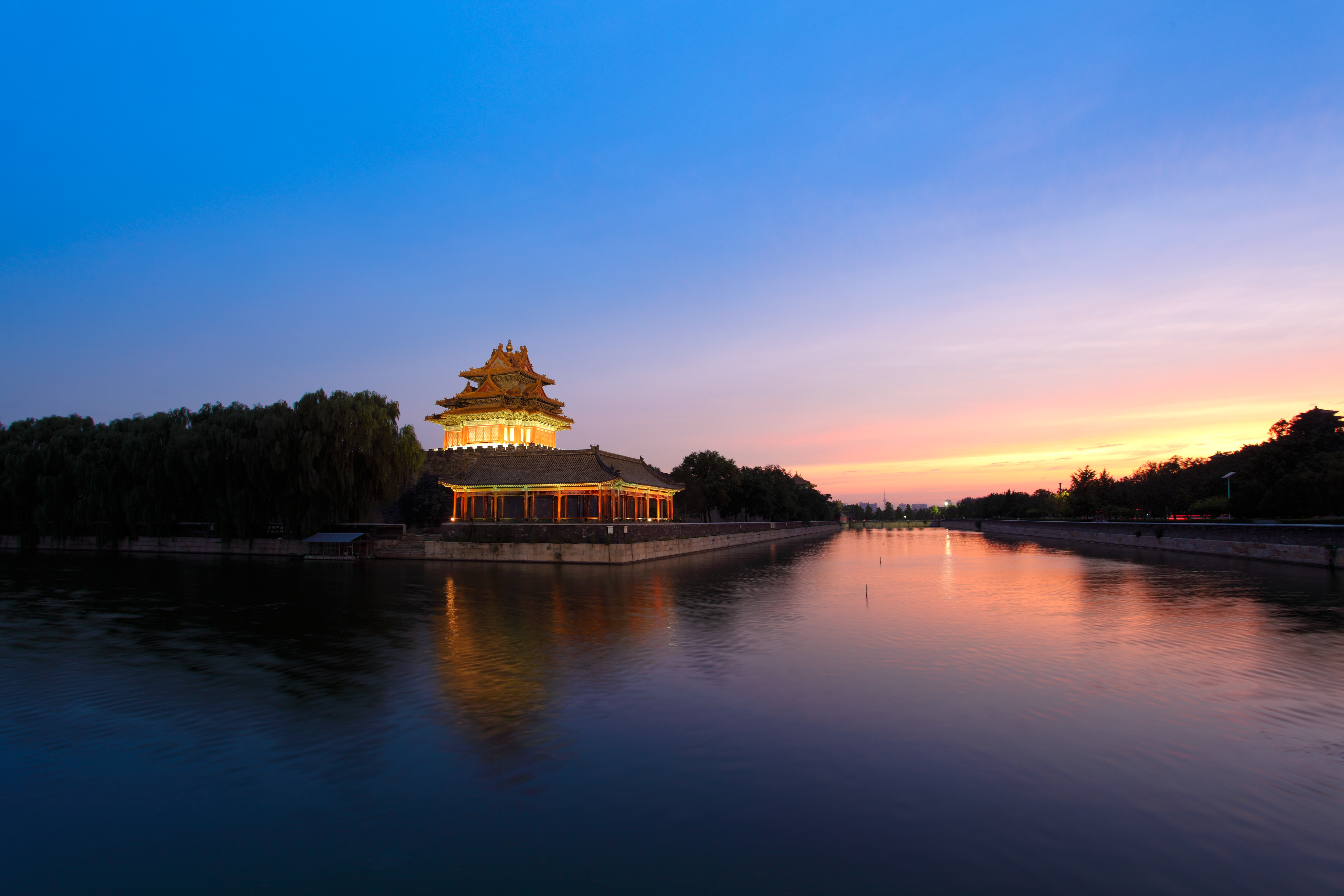
The Forbidden City in Beijing served as the political and ceremonial center of China for nearly 500 years. As the imperial palace of the Ming and Qing dynasties, it was the residence of emperors and the hub of Chinese governance. Its sprawling complex of palaces and gardens symbolized the absolute power of the emperor, who was considered the Son of Heaven. The Forbidden City was not just a seat of power; it was a microcosm of the Chinese universe, reflecting the hierarchical nature of the then society. The decisions made within its walls influenced the lives of millions and shaped the course of Chinese history pretty significantly. Today, the Forbidden City stands as a testament to the grandeur and complexity of imperial China, offering perspective on the political and cultural dynamics of one of the world's oldest civilizations.
4. The Battlefields of Waterloo

The fields of Waterloo in present-day Belgium were the site of one of history's most famous battles, marking the end of Napoleon Bonaparte's reign and reshaping the political landscape of Europe. On June 18, 1815, the forces of the Seventh Coalition, led by the Duke of Wellington and Prussian General Blücher, clashed with Napoleon's army. The battle resulted in a decisive defeat for Napoleon, leading to his abdication and exile. Waterloo became synonymous with the end of an era, as it marked the collapse of the Napoleonic Empire and the restoration of monarchies across Europe. The battle's outcome had far-reaching consequences, influencing the balance of power and setting the stage for the Congress of Vienna. Waterloo remains a powerful symbol of the fragility of empires and the unpredictability of military conflict.
5. The Palace of Versailles
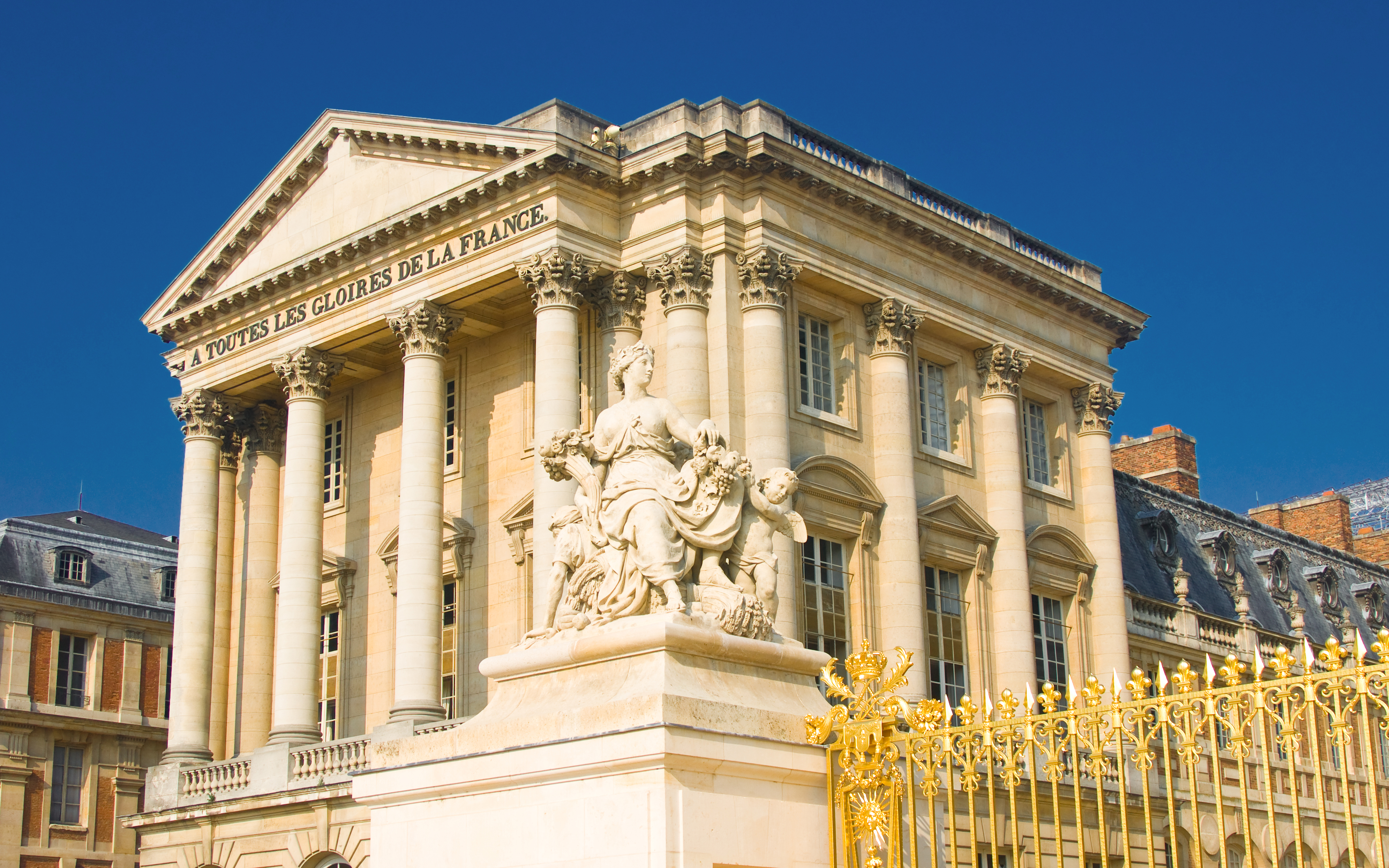
The Palace of Versailles, with its opulent architecture and lavish gardens, epitomized the absolute power and extravagance of the French monarchy. Built by Louis XIV, the Sun King, Versailles was a symbol of royal authority and the center of political life in France. However, the grandeur of Versailles also highlighted the stark contrast between the wealth of the monarchy and the poverty of the common people. This disparity fueled discontent and eventually led to the French Revolution. The storming of the Bastille and the subsequent rise of the revolutionary government marked the beginning of the end for the monarchy. Versailles became a symbol of the excesses of the ancien régime and the desire for equality and justice. The revolution that began in France would spread across Europe, inspiring movements for change and challenging the established monarchial order.
6. The Berlin Wall
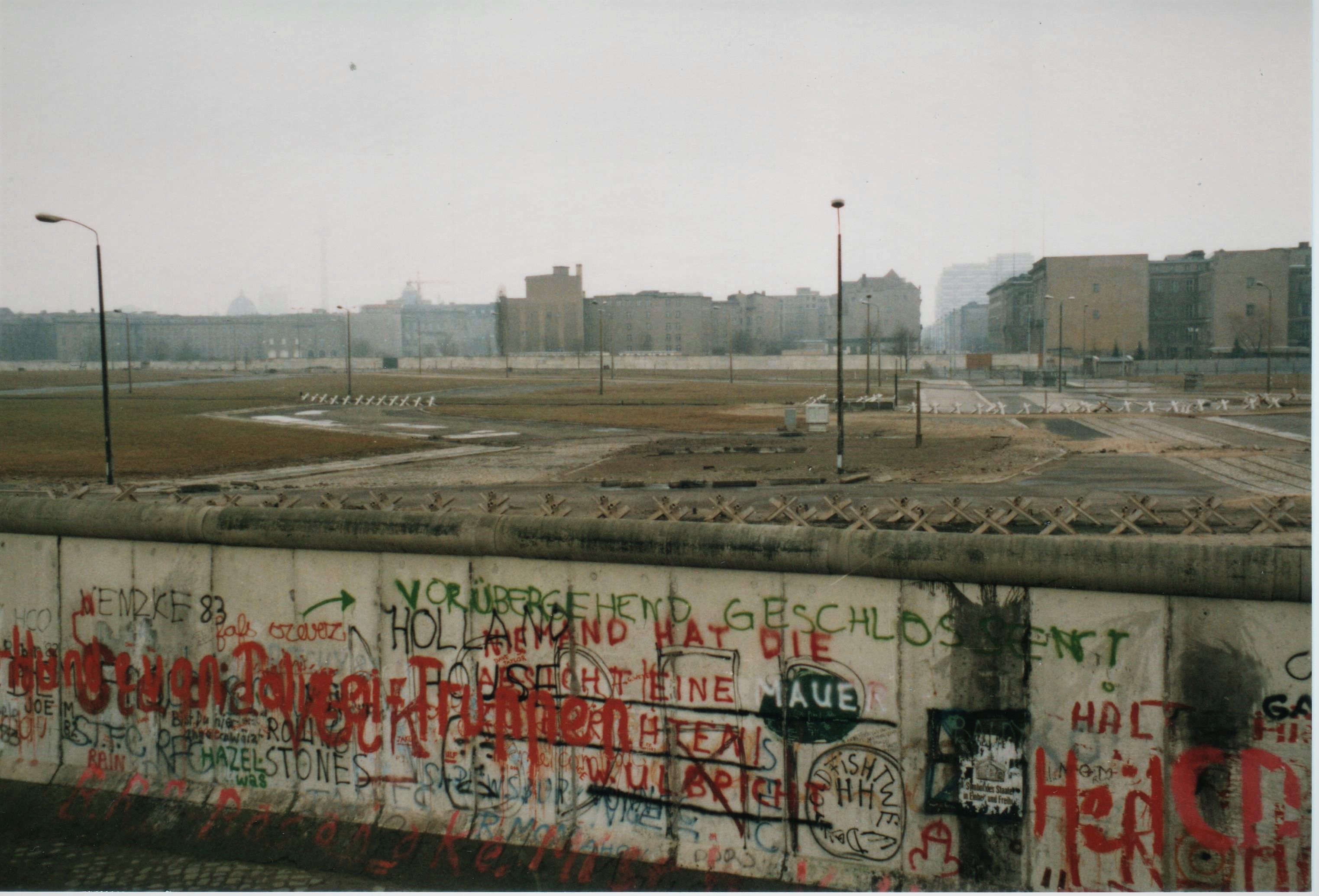
For nearly three decades, the Berlin Wall stood as a stark symbol of the Cold War, dividing East and West Berlin and representing the ideological divide between communism and capitalism. Built in 1961 by the German Democratic Republic, the wall was intended to prevent East Germans from fleeing to the West. Its presence highlighted the tensions of the Cold War and the struggle for freedom and human rights. The fall of the Berlin Wall in 1989 was a momentous event, signaling the end of the Cold War and the beginning of a new era of openness and cooperation. The wall's demolition was not just a physical act; it was a powerful symbol of the triumph of unity over division. Today, the remnants of the Berlin Wall serve as a poignant reminder of the human cost of political conflict and the enduring desire for freedom.
7. The Hiroshima Peace Memorial
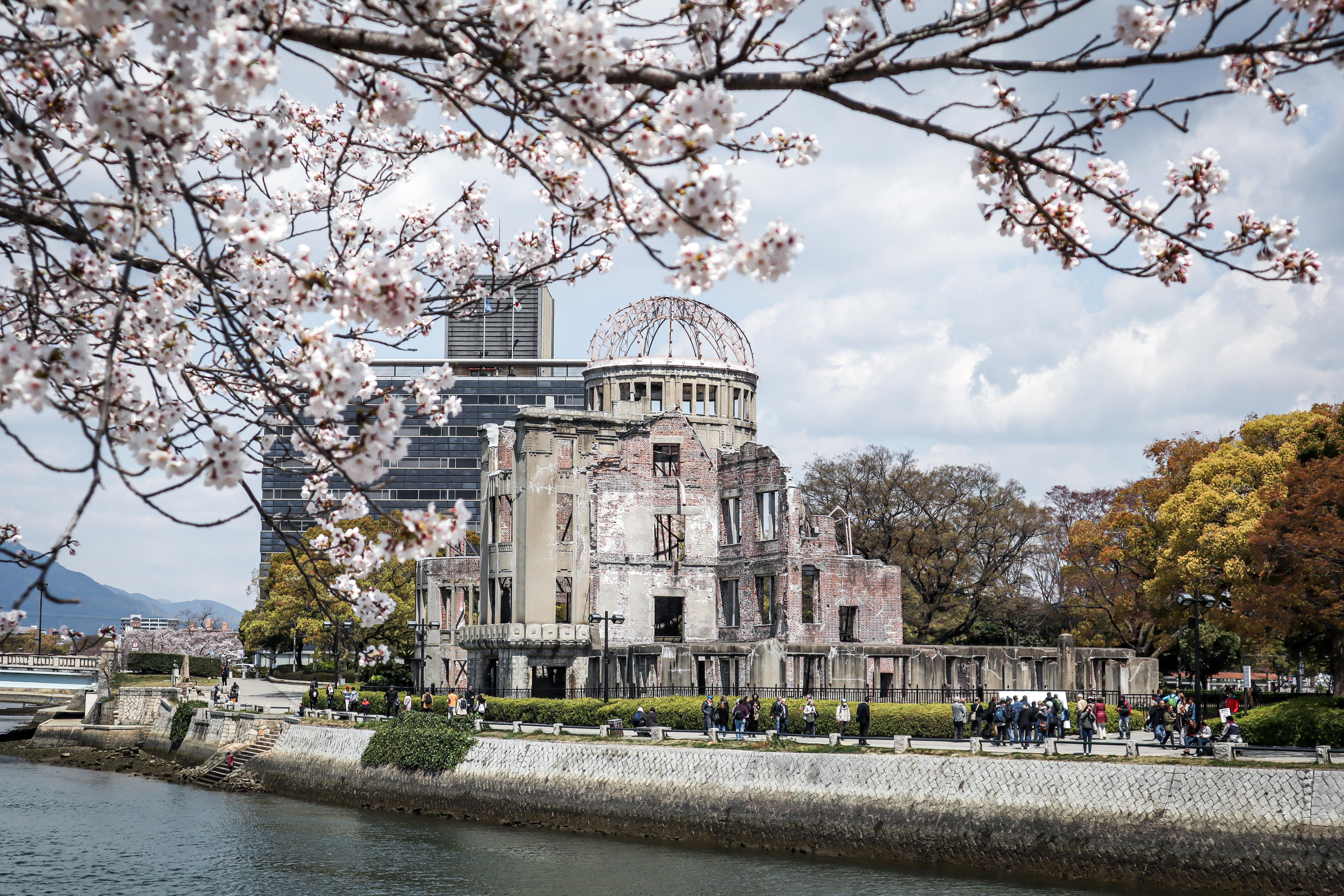
The Hiroshima Peace Memorial—also known as the Atomic Bomb Dome—stands as a somber reminder of the devastating impact of nuclear warfare. On August 6, 1945, Hiroshima became the first city to be targeted by an atomic bomb, resulting in unprecedented destruction and loss of life. The bombing marked a turning point in warfare, highlighting the destructive power of nuclear weapons and the urgent need for disarmament. The Hiroshima Peace Memorial Park, with its iconic dome, serves as a symbol of peace and a call for global cooperation to prevent future atrocities. The annual ceremonies held at the site emphasize the importance of remembrance and the commitment to building a world free of nuclear weapons. Hiroshima's legacy is remains intact in the resilience of the human spirit and the capacity for healing and reconciliation in the aftermath of unprecedented devastation.
8. The Cape of Good Hope

The Cape of Good Hope, located at the southern tip of Africa, was a crucial waypoint for explorers during the Age of Discovery. Its strategic location made it a vital stop for ships traveling between Europe and Asia, facilitating trade and cultural exchange. The discovery of the Cape by Portuguese explorer Bartolomeu Dias in 1488 opened new maritime routes and paved the way for global exploration. The Cape of Good Hope became a symbol of the challenges and opportunities of exploration, as well as the desire for new knowledge and resources. The voyages that passed through the Cape contributed to the expansion of European empires and the spread of ideas and technologies. The legacy of the Cape of Good Hope is a reminder of the interconnectedness of the world and the transformative power of exploration.
9. The Taj Mahal
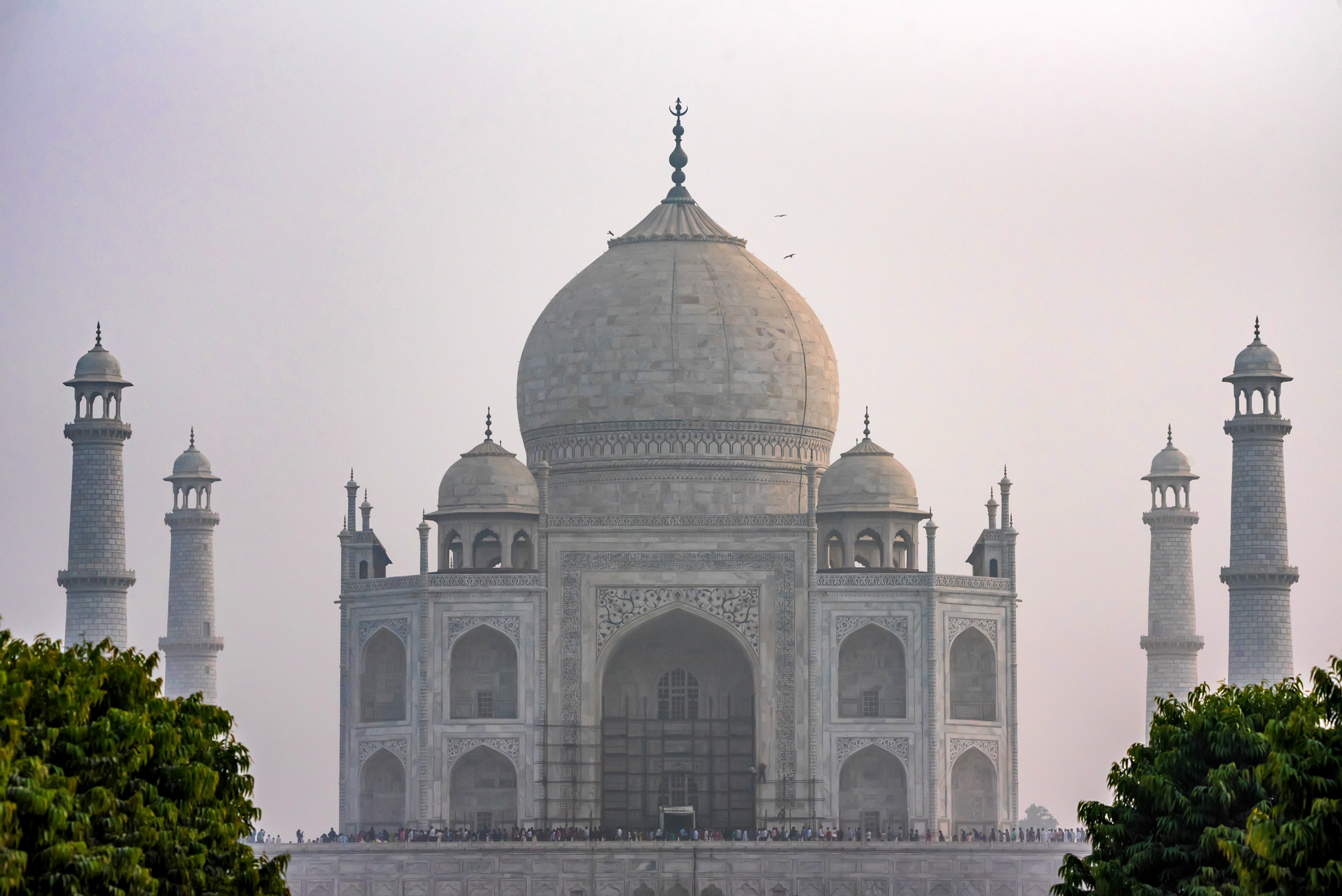
The Taj Mahal, an architectural masterpiece in Agra, India, is renowned as a symbol of love and devotion. Commissioned by Mughal Emperor Shah Jahan in memory of his beloved wife Mumtaz Mahal, the Taj Mahal is a testament to the enduring power of love to inspire art and architecture. Beyond its romantic origins, the Taj Mahal represents the cultural and artistic achievements of the Mughal Empire, showcasing a blend of Persian, Indian, and Islamic influences. Its intricate design and harmonious proportions have captivated visitors for centuries, making it one of the most iconic monuments in the world. The Taj Mahal's legacy extends beyond its beauty, serving as a reminder of the enduring impact of cultural exchange and the power of love to transcend time and space.
10. The Vatican City
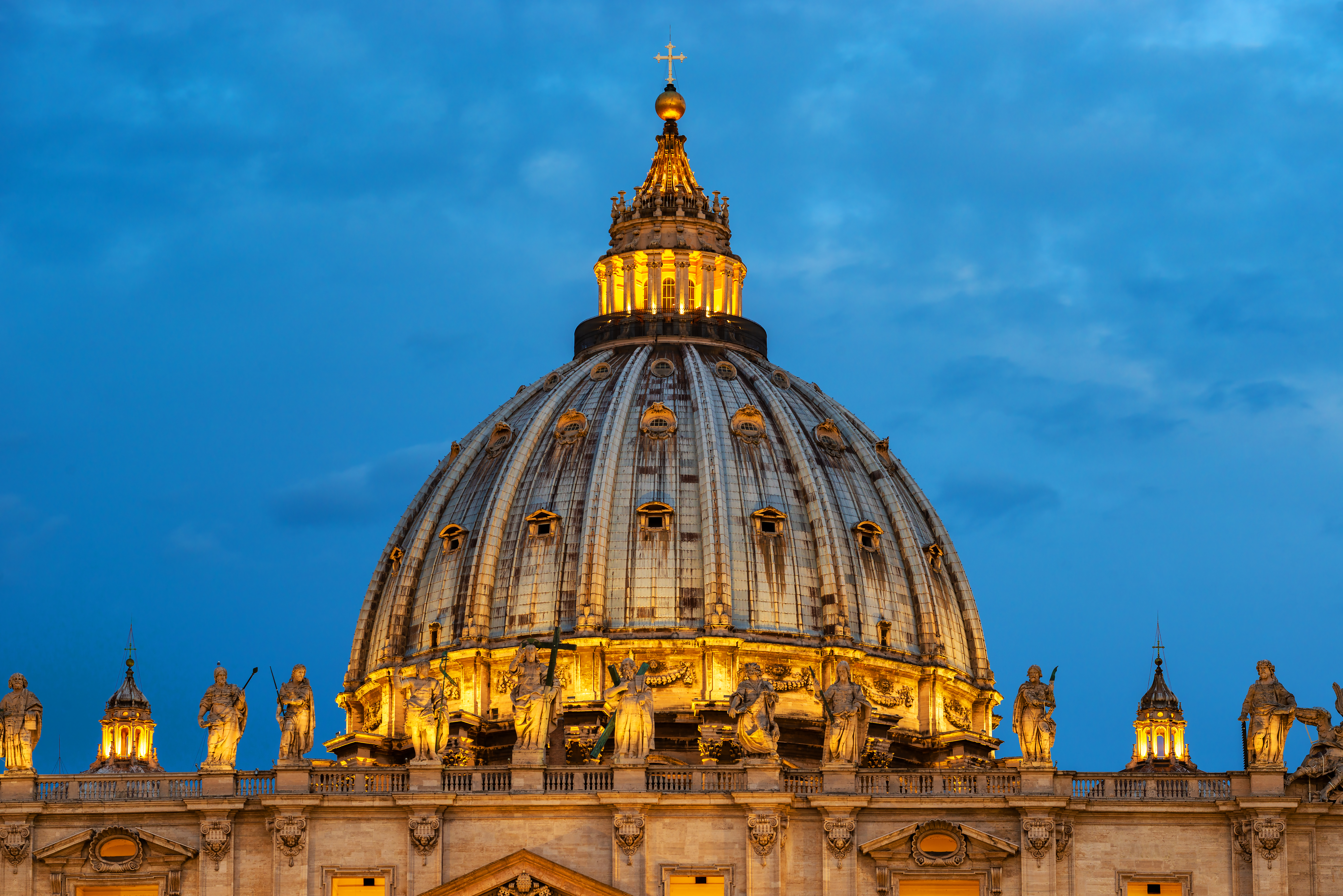
Vatican City, the smallest independent state in the world, is the spiritual and administrative center of the Roman Catholic Church. As the residence of the Pope and the site of St. Peter's Basilica, the Vatican has been a focal point of religious and political power for centuries. The decisions made within its walls have influenced the lives of millions of Catholics around the world and shaped the course of global history. The Vatican's role in diplomacy, education, and social justice has made it a significant player on the world stage. Its influence extends beyond the realm of religion, impacting cultural, political, and social developments. The Vatican's legacy remains a resounding testament to the power of faith and the impact of religious institutions in shaping the world.
11. The United Nations Headquarters
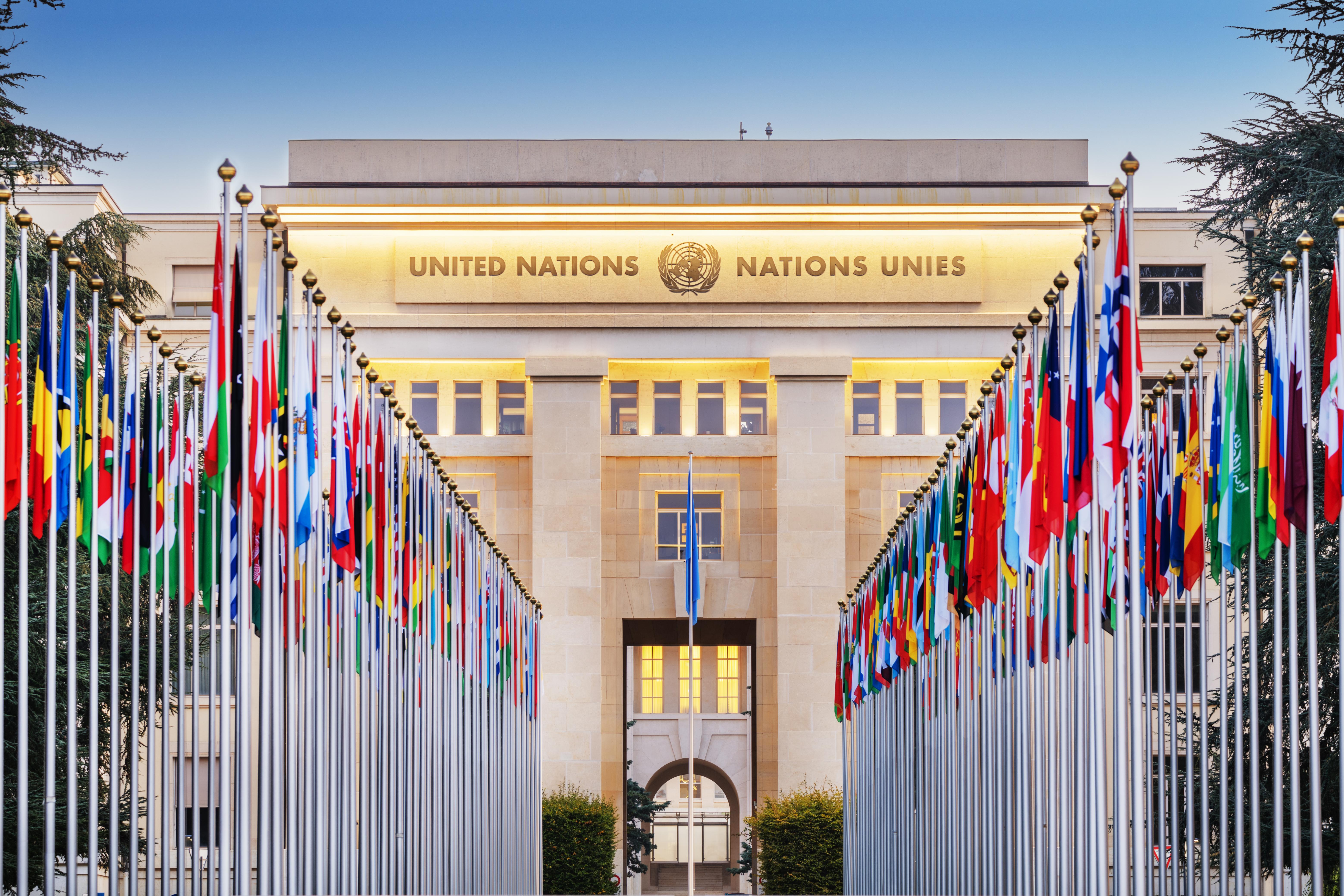
The United Nations Headquarters in New York City serves as a symbol of international cooperation and the pursuit of peace. Established in the aftermath of World War II, the United Nations was created to prevent future conflicts and promote global collaboration. The headquarters is a hub for diplomacy, bringing together representatives from 193 member states to address pressing global issues. The decisions made within its walls have far-reaching implications for peacekeeping, humanitarian aid, and sustainable development around the world. The United Nations Headquarters represents the collective efforts of nations to work together for the common good, highlighting the importance of dialogue and cooperation in addressing challenges that impact societies across borders. Its legacy is a reminder of the potential for unity and the power of collective action to create a better world for everyone.
As we conclude our exploration of these real-life places that have altered history's path, we are reminded of the profound impact that geography, culture, and human ambition can have on the course of events. Each of these locations tells a unique story of transformation, highlighting the interplay between physical space and historical change. From the birth of democracy in Athens to the fall of the Berlin Wall, these sites have been the setting for pivotal moments that have shaped the world we live in today. They serve as reminders of the power of human ingenuity, the resilience of the human spirit, and the enduring quest for progress and justice—for us now, and for those in the future.


